Today we’re continuing our Milenomics basics series. We’ll be talking about airline routes, and how to find/figure out who flies where. We’ve talked about routes before here on Milenomics; Unfortunately the software I prefer to use is no longer being updated/maintained by its origianl author.
The last post in this series had extensive information on partners and alliances. Studying those airlines and knowing which ones are partnered with your host program (the program you have miles in) will help as you start to plan your routes. For example, if you only have miles in AA you would not want to look at Star Alliance routes, since AA and star alliance carriers are not partners you can’t book those flights.
- Earning Miles
- Spending Miles
- Partners
- Routes
- Booking Tips & Tricks
- Be Your Own Elite
In doing research for this post I came across a post on flyertalk, where avid FT users have decided to try to take up the tool, and update it themselves. Keep an eye on this thread, and the hard work of tys90, and others who are doing excellent work to keep the tool going.
I still recommend Airline Route mapper for Windows users. Using it is the quickest and easiest way to find routes. I still use it as the majority of the time it offers quicker access to information than any other single source. Today we’ll discuss another too, this on an online tool which works on Macs, and PCs. I’m including it here today in hopes that we can push some traffic its way, and the author of the site will keep it updated.
Update: Reader Neil reminded me that another great tool to use for routing is Award Nexus. More on this can be found in the Milenomics post “Using Award Nexus to Help Book Awards.”
The Airlines (and Alliances) Don’t Offer Much Help
As with most things related to using miles the obvious places you might think to start aren’t always the best. AA has an award map, which I’ve covered as a great tool to find places to go with Avios. Using it as a tool to search complex international routes is a bad idea, as it doesn’t include all partners.
Similarly, oneworld has a “interactive network map,” which isn’t very interactive, and also doesn’t include AA specific partners, like Alaska and Hawaiian Airlines. I’ll briefly go over the oneworld route map and show you how poor a job it does.
The biggest limitation of this tool is that it shows a maximum of one connection. I always prefer as few connections as possible, but for those of you living in smaller cities you often can’t avoid 2 connections. Here are the results from AUS-BKK (Austin, TX to Bangkok Thailand):
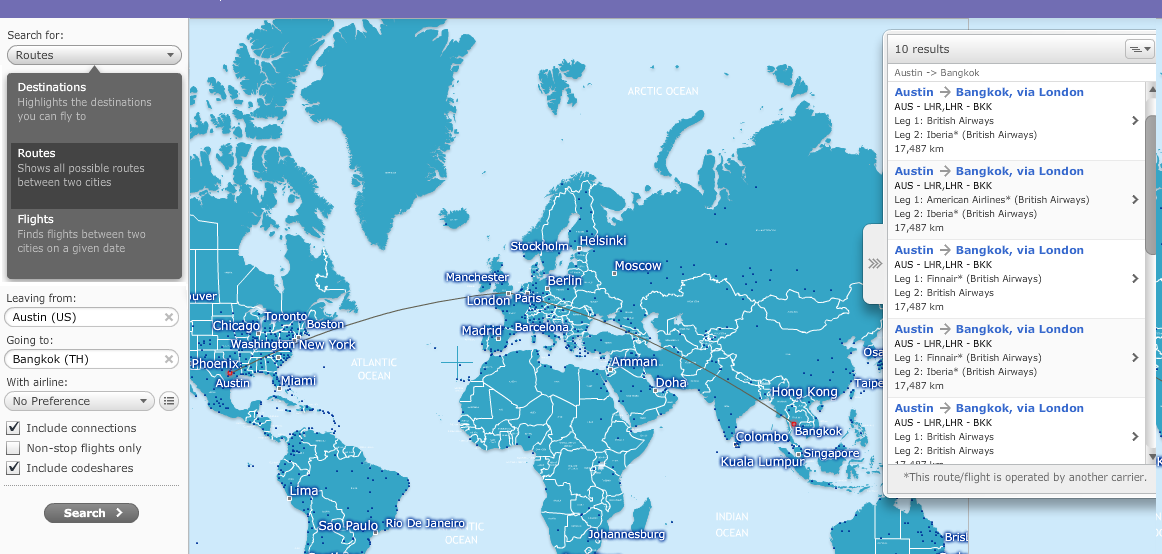
Compare that to the search from a nearby hub to AUS, DFW-BKK (hub-to-hub):
This still does not show flights from other US hubs such as LAX, ORD, JFK which AUS has nonstops to. Even if an alliance has a good tool I still prefer to use a non-alliance specific tool since that then allows me to see all flights on all carriers.
Today we’ll go over such a tool, flightconnections.com and show how to use it for a sample search. Flightconnections.com has the same 1 stop issue as the above map, but today we’ll be using its powerful manual features to discover and note routes.
How to Use flightconnections.com for Routes
I’ve made a video of how to use the site. I think a video is the best way to quickly show how to use an interactive site like this. For today’s post we’re using a sample routing:
Austin, TX (AUS) to Johannesburg, ZA (JNB) using Delta Miles:
https://www.youtube.com/watch?v=zAJyqcbe7iQ
Error: After capturing and editing the above video I realized I neglected to do my initial search from AUS with Delta’s domestic non-skyteam partner Alaska Airlines. Doing so would have found AUS-SEA as another possible first hub. AUS-SEA opens up further possibilities with SEA-LHR, SEA-CDG, and SEA-AMS. Similarly if you’re looking to book with oneworld miles checking both AA and US Airways from your home airport is important to find as many US hubs as possible.
As you can see above the technique I use is as follows:
1)Find all the flights from your home airport to all the major US hubs. I actually write everything down on paper, but for this example I typed it up. Even if you live in a hub city, map the other ones out. (Also: See Kenny’s Comment Below for secondary options from Southwest serviced cities).
2) Work backwards from your Destination. Double Click a city to see all the routes flow to/from that city.
3) Focus on the Green squares (Hubs), single click on each to see the carriers in the left frame who fly each route. If they’re in your alliance/partner list add them to your Routing sheet.
4) Once you’ve mapped all flights from your destination to a hub continue doing the same from those second hubs. Double click on each to see routes, and single click on US hubs to see which are serviced by alliance partners. Make note of the hubs which match up with your findings from step 1.
5) Indent each step along the way. Indenting lets you visually see the number of connections, and quickly give preference to shorter flights.
After you do this a few times you’ll get to “know” your flight options. Another great part of flightconnections.com is that it gives you flight times. You may want to include those in your notes, so you can see where connections line up best.
With your list of connections you can now start your search for flights one by one. If you get stuck without any flights for a certain routing, stop, and try the next routing. If your dates are flexible stick to one routing until you’ve exhausted all available dates and then move onto another routing.
This takes time. Especially the first few times you’ll do it. I usually look for the longest international flights first, and then work from there. In this example those flights would be JNB-CDG/LHR/AMS/ATL and CDG/AMS/LHR to the major US Hubs. If you can at least get to a US city you might be able to book a cheap flight home, or use avios, ANA miles or Southwest points as a low level hedge.
Note: If you’re really looking to go to South Africa you may want to include flights into/out of Capetown (CPT) as well in your routing searches. An open Jaw into JNB and out of CPT might be the best way to see the most of the country.
Analog is Best: Pen and Paper
You might be different than I am, but there’s something about writing things down for me that helps me really visualize and remember things. I use a world map, which I’ve made available for download here:
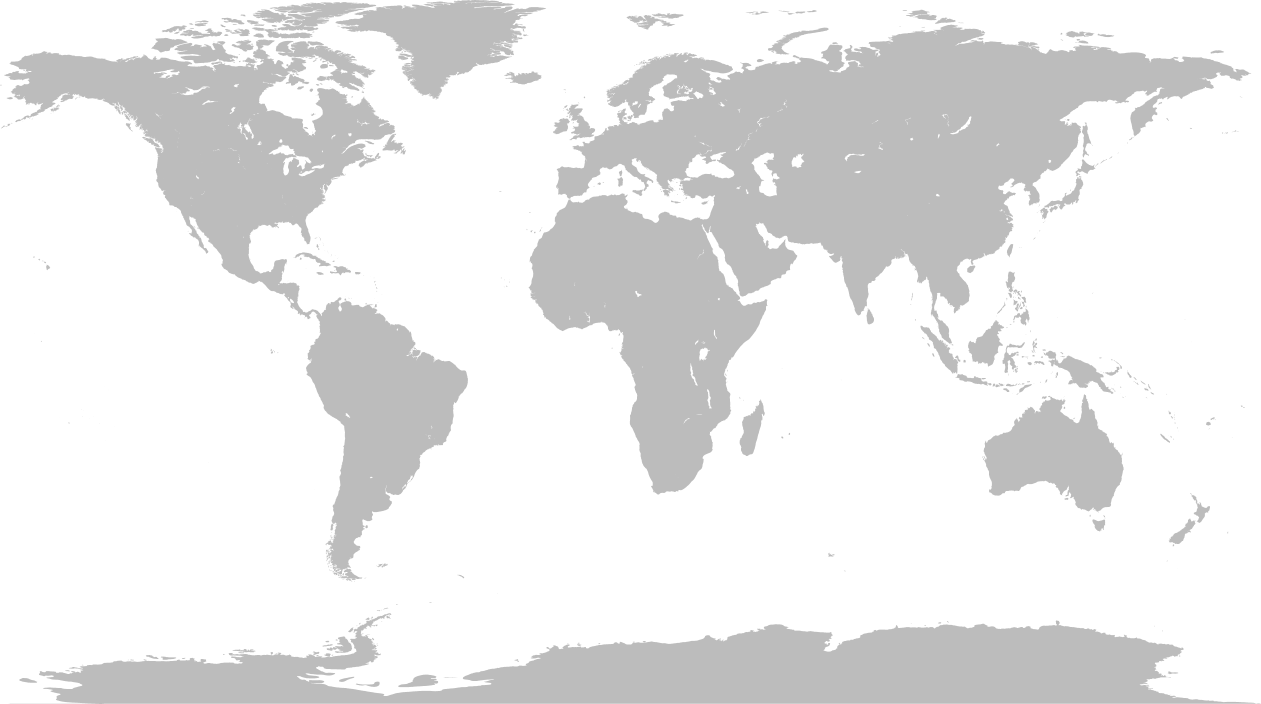
When I go through and find routes I include them on my printed map. On a second notepad I write my indented list of them. At the end the map is pretty hard to follow, but it is easy to refer to when I go to do my actual award searches:
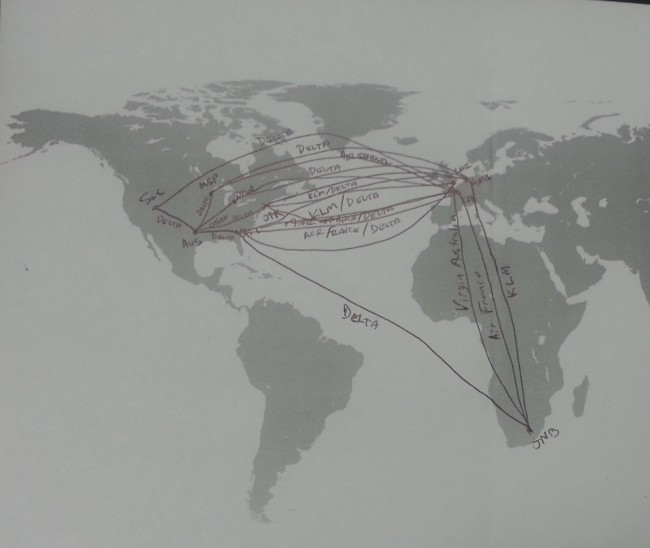
As a higher tech alternative you could put all the flights into www.gcmap.com, an excellent tool as well:
Whatever you do, knowing the routes won’t help if there aren’t any award seats. For that you’ll need flexiblity; flexible dates, cabins, or destinations. This is why we sometimes refer to frequent Flyer Miles as Flexible Flyer Miles.
Editorial
AA has always been bad, but recently has become even worse at having restrictive routing rules. Routing rules limit the number of segments, the number of miles flown, or where you can connect between two cities. When you find routes you need to ensure those do not violate one or more of the rules (often unpublished!) for routing between your home city and your final destination. As always the rules of your host program are the rules of the road. What works in one program doesn’t always fly with another.
A very basic example of routing rules are stopovers. AA no longer allows any, while AA partner British Airways technically allows unlimited stopovers. This is because every flight segment booked via BA is priced individually, versus AA which uses zones and prices nonstop and multi-stop flights identically.
Update: Hot on the heels of this post United has made some dramatic changes to their award routing rules. Gary reports on this terrible, stealth devaluation.
As always if you have questions reach out to me in the comments, on Twitter, Facebook, or Email. Best of luck, and remember we collect miles to using them, not to hoard them.

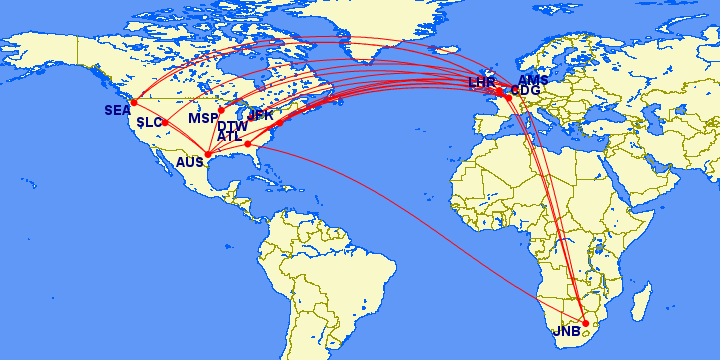
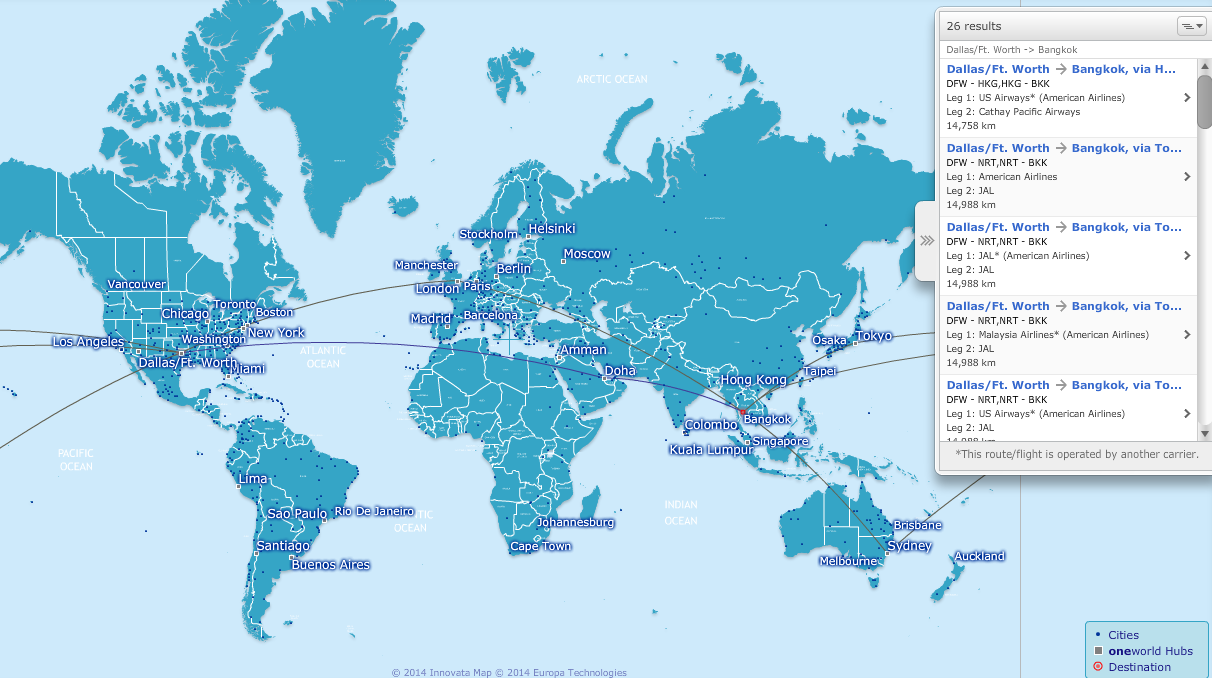


Awesome find! Thanks for writing about it. Haven’t checked it out thoroughly yet but I hope it is more up to date than Airline Route Mapper is.
Great writeup on finding seats from a secondary airport. But for those of us in smaller cities, that’s just the start. Any city with nonstop WN service becomes a potential choice for a starting point and an excellent possibility for the end of a trip. So add LAX and ATL to get around abysmal domestic availability. And IAH at 3 hours drive away is in the mix since it saves 2-3 hours of flying and connection time and has nonstop to CDG on AF with decent availability.
Kenny: Great point, I’ve gone ahead and added it to the post, thank you. Especially with Delta your tip is incredibly true–often times you’re able to find skyteam partner flights from JFK/ATL/MSP/LAX overseas but getting to those hubs with Delta Miles is impossible at the low level. I really don’t know how skyteam stays together; delta releases so little and partner airlines release so much, only to be swooped up 11 months out when Delta members can book and other skyteam members cannot.
Thanks for pointing out flightconnections.com. I’ve never used it and could see it would have been useful in planning my last trip.
I am curious – do you find the site’s results to be fully comprehensive? My last flight was IAD to BKK, a one-stop connecting in Tokyo. While the site returns a number of one stops (including many useful ones I didn’t think of), it doesn’t return the flights through Tokyo. If something major like that is missing, it does mean I have to crosscheck flightconnections.com results against other sites, so I’m curious if that has been your experience.
Neil: The site does not have the ability to do the “grunt work” for you. In that respect I don’t trust it. If you input IAD and BKK as your origin and destination it won’t show you the NRT Flight. I’m outlining using the site manually in this post because the site doesn’t pick up all the options when you let it route for you. If you type IAD and leave the “to” field blank, you’ll see all flights that leave IAD, including nonstops to PEK, ICN and NRT. A single click on NRT and you’ll see it is operated by ANA and United nonstop. From there a double click on NRT shows the NRT-BKK options.
There is also Award Nexus, a great tool which I ouline here: http://www.milenomics.com/2013/11/using-award-nexus/. Using it can help you find all possible routes as well. I like visual, more map based tools, but others might find the way that Award Nexus lists options to be more helpful. Both are free, and great tools.
Thanks – I read the post a little too quickly and then started testing the website. The bit about leaving the “to” field blank and then the doubleclick on NRT makes perfect sense. Still, looking for that perfect, fully trustwortthy tool!
I’ll look at awardnexus again – it has been awhile. Thanks again for the response.
Great post seriously!
I found a similar tool, but with advanced functionality. You may see baggage allowance, aircraft model with the tail number on the route and flight schedule. https://flightsmap.org